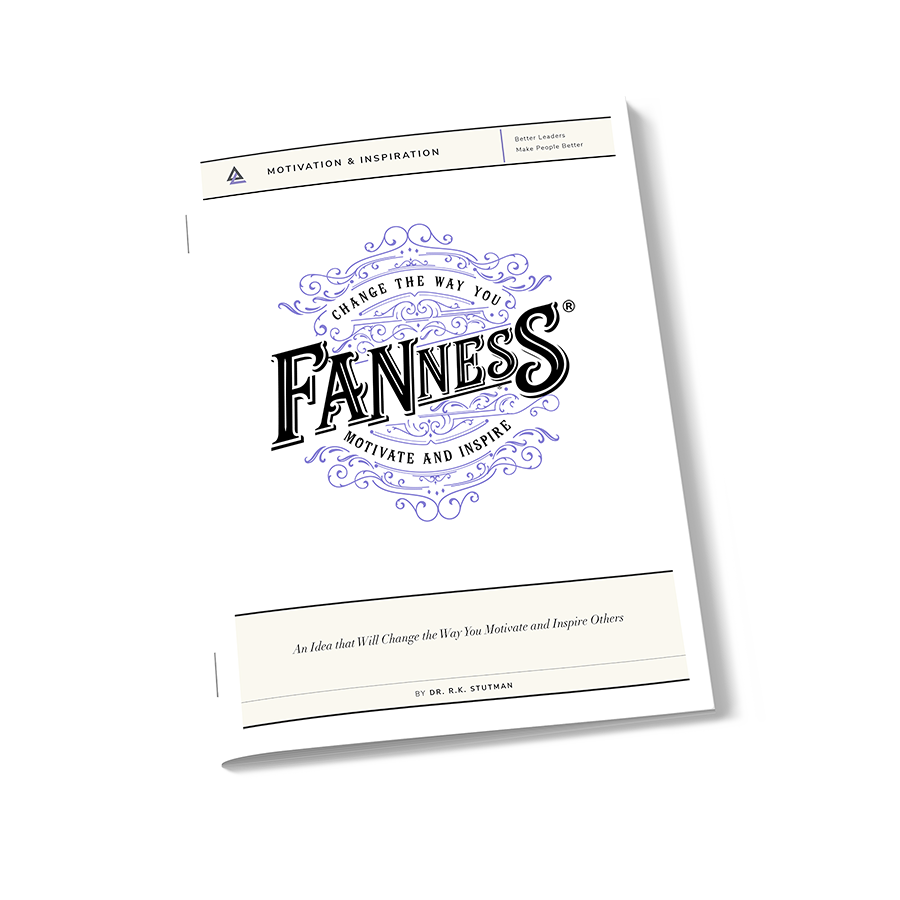People know what is getting in the way. Team members experience unnecessary rules, outdated processes, and redundant layers of approvals all day long.
If asked how to eliminate the bureaucracy that exists, they sharpen their pencils and point to exactly what is prohibiting their best work.
But they must be asked, and the best organizations do exactly that. As organizations evolve, grow, and mature, they naturally cling to processes, policies, procedures, and rules that no longer serve them well.
When the unnecessary remains in place, it slows everything down and creates fruitless work that doesn’t add the value it once did.
Good leaders stand watch and are vigilant to eliminate as much red tape as is feasible. But because they don’t experience as much of it, they must depend on others to flag what is clearly a poor use of time and resources.
Once asked, team members are seldom shy. Consider the recently created initiative at Amazon aimed at flagging unnecessary processes and excessive rules at the company.
After the CEO requested team members to send in suggestions via email, the company received 1500 recommendations and used them to change more than 450 of their processes based on the feedback.
Designing an initiative to identify wasteful and unnecessary processes and rules requires three steps.
First, the ask must be specific and defined. Describing exactly what suggestions the enterprise is looking to eliminate with examples prevents people from making wild recommendations that have little bearing on making the workplace more efficient.
Bureaucracy means different things to different people. Defining it encourages more productive suggestions.
Second, a team must be ready to read, explore, and consider each suggestion. This should be an open process with clear guidelines and a transparent decision-making protocol.
It’s a good idea to have the team create its own recommendation list from its own investigations, so the organization can see what is under consideration before it is finalized. The unintended consequences of eliminating age-old conventions and norms can be real. Allowing those affected to comment on the ramifications of any change is always a sound idea.
Lastly, in many cases, the eliminated process must be replaced by something else less burdensome and more streamlined.
So, taking the time to design and implement changes is essential. Rushing to eliminate long-standing processes, no matter how well-intentioned, can create an overwhelming amount of work.
Consider each recommendation as a standalone initiative and spend the time and resources to get it right. In the words of educator Laurence Peter, “Bureaucracy defends the status quo long past the time when the quo has lost its status.” Good leaders change that.

